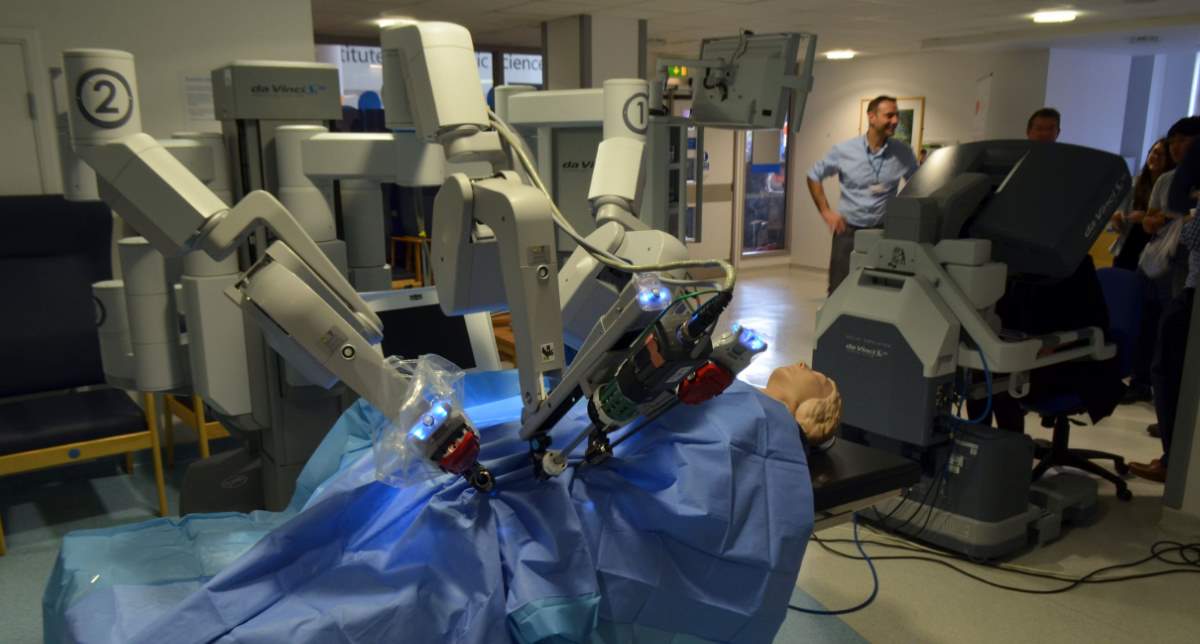In 1967, as space-age fantasies ignited imaginations across the globe, the then Philco-Ford, now Ford Motor Company, attempted to capture the future’s heart and soul in a brief cinematic journey. The film titled “1999 AD” catapulted its audience three decades into the future, offering a tantalizing glimpse of everyday life for a quintessential American family, the Shores. Viewing this projection of the future now, the film emerges as a treasure trove of intriguing insights – a harmonious blend of eerily accurate predictions and glaring blind spots, seasoned with the unmistakable charm of the 1960s.





